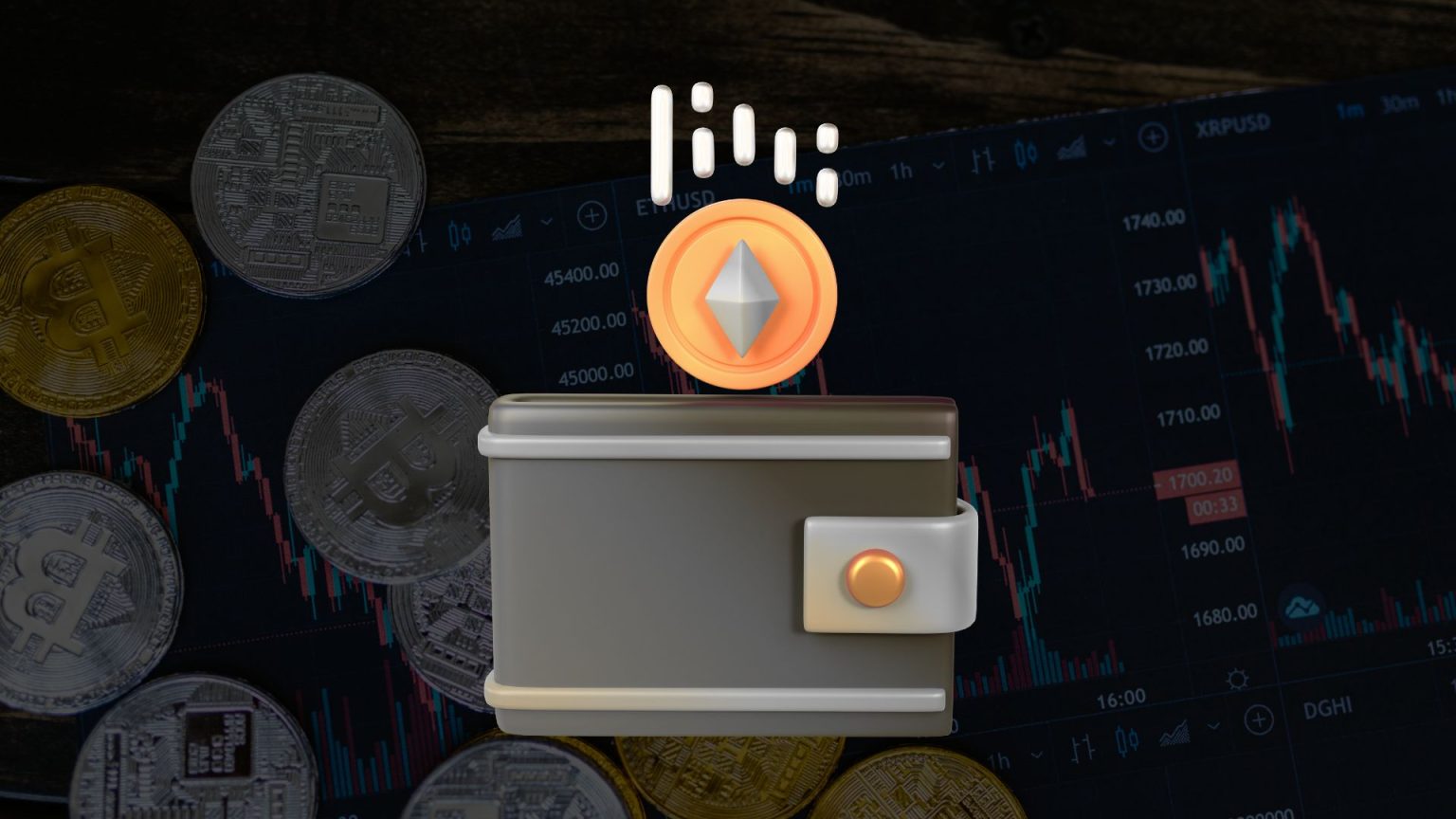If you’re holding crypto, you’ve probably heard about staking, a way to earn passive income by locking up your tokens. But is staking worth it in 2025? And what’s the difference between hard staking and soft staking?
In this blog, we’ll break down:
- What staking is (in plain English)
- Pros and cons of staking your crypto
- The difference between hard and soft staking
- Common staking risks you should know
- Which platforms offer flexible vs fixed staking options
- How to approach staking like a pro using EPIQ’s strategies
Let’s dive in 👇
💰 What Is Crypto Staking?
Staking is the process of locking up your crypto assets to support the operations and security of a blockchain network, typically one that uses Proof-of-Stake (PoS) or a PoS-based mechanism.
In return, you earn staking rewards, similar to earning interest from a savings account. But in crypto, nothing is ever risk-free.
✅ Pros of Staking Crypto
1. Passive Income
Staking can earn you between 3% to 20%+ APY, depending on the token and method.
2. Network Participation
You help secure the blockchain and validate transactions – and get rewarded for it.
3. No Extra Trading Needed
You can grow your holdings without needing to constantly trade.
4. Supports Long-Term Holding
Staking encourages holding over flipping, which helps reduce emotional trading.
5. Compound Rewards
Some platforms auto-compound your rewards, leading to exponential growth over time.
❌ Cons of Staking Crypto
1. Lock-Up Periods
Hard staking can lock your assets for days, weeks, or even months – no exit until the term ends.
2. Slashing Risks
Misbehavior from validators (on some chains) can result in part of your stake being “slashed” or lost.
3. Volatility Still Applies
You’re earning rewards, but your underlying asset may drop in price. 10% APY means little if your coin dumps 50%.
4. Custodial Risks
If you stake through a third-party exchange, you’re trusting them to manage your funds properly.
5. Inflation Dilution
If a project over-inflates rewards, it may dilute token value – making those staking APYs meaningless.
🔍 Hard Staking vs. Soft Staking: What’s the Difference?
🟦 Hard Staking (Locked Staking)
- Your crypto is locked for a set period (e.g. 30, 60, 90 days)
- Higher APY rewards
- You can’t access or trade your funds during the lock-up
- Example: Binance Locked Staking, KuCoin Earn (Fixed)
✅ Best for: Long-term holders who don’t need liquidity
❌ Not ideal for: Traders or those who want access to their funds at all times
🟨 Soft Staking (Flexible Staking)
- Your crypto stays liquid, and you can un-stake at any time
- Typically lower APY compared to hard staking
- Less commitment, easier for traders
- Example: Coinbase, Kraken, or flexible options on DeFi protocols
✅ Best for: Traders or swing investors who want yield + flexibility
❌ Not ideal for: Max reward seekers or long-term passive income earners
🧠 Staking Risk Checklist
Before you stake any crypto, ask yourself:
- Is the platform safe and reputable?
- What is the unbonding period (how long it takes to get your funds back)?
- Are there slashing risks?
- Is the token inflationary (high APY = faster dilution)?
- Do I have a plan if the market turns while I’m locked in?
⚙️ How EPIQ Traders Use Staking Strategically
At the EPIQ Trading Floor, we teach you how to think long-term and short-term at the same time. Here’s how our members approach staking:
- Stake only a portion of long-term bags to earn passive income
- Avoid hard staking in volatile markets or pre-FOMC/CPI weeks
- Track staking APYs vs token inflation using our Macro Dashboard
- Use soft staking for coins with breakout potential
- Stake through hardware wallets or DeFi when security is a priority
💡 Pro tip: Don’t chase the highest APY blindly – always weigh the risk vs reward.
🛠️ Tools to Help You Stake Smarter
Inside the EPIQ Trading Floor platform, you’ll get access to:
- ✅ Portfolio Tracker (see how much of your holdings are staked)
- ✅ Token Inflation Monitor (compare APY to inflation rates)
- ✅ Risk Scanners for major staking platforms
- ✅ EPIQ Academy: Learn staking strategies, liquidity farming, and DeFi risk management
- ✅ Private chat to ask staking pros what they’re doing now
👉 Start your 3-day free trial and learn how to put your crypto to work without getting wrecked.
🧠 Final Thoughts
Staking is one of the easiest ways to earn with crypto, but it’s not without its downsides.
If you’re locking up your tokens blindly for that juicy APY, you might be walking into a liquidity trap or a smart money exit.
The key is to:
- Know when to stake
- Choose how to stake (hard vs soft)
- Understand the risks and market timing
Trade smart. Stake smarter. Stay EPIQ.
Not Financial Advice (NFA): This post is for educational purposes only. Always do your own research before staking, and never risk what you can’t afford to lock up.










Responses